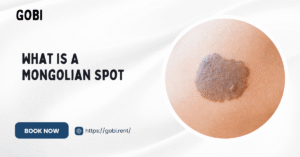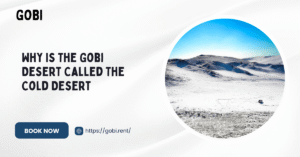Parents often notice a bluish mark on their newborn’s lower back or buttocks and immediately feel concerned. The first question that usually arises is whether it is a bruise or something more serious. In many cases, what they are seeing is a Mongolian spot, a harmless type of birthmark that carries both medical explanation and cultural significance. While these marks may look unusual at first glance, they are neither painful nor dangerous, and they fade away as the child grows.
In this article, we’ll explore what Mongolian spots are, why they appear, how they’re perceived in different cultures, and why they remain an important part of conversations about heritage and identity.
What is a Mongolian Spot?
A Mongolian spot is a flat, bluish-green birthmark that typically appears on a newborn’s skin. Most often, it is located on the lower back or buttocks, although it can occasionally be seen on shoulders, arms, or legs.
Unlike raised moles or pigmented birthmarks, Mongolian spots do not change in texture. They blend smoothly with the skin’s surface, which sometimes leads to confusion with bruising.
Why the Name “Mongolian Spot”?
The name dates back to 1885 when German physician Erwin von Bälz documented these birthmarks among children in Mongolia. Since then, the term “Mongolian spot” has been used worldwide, even though the spots are not limited to Mongolian children.
Causes of Mongolian Spots
The scientific explanation behind Mongolian spots is relatively simple. They are caused by melanin-producing cells (melanocytes) that get trapped in deeper layers of the skin during fetal development. Instead of settling on the surface, these pigment cells remain beneath the skin, giving the area a bluish appearance.
This process is entirely natural and not linked to any medical disorder. The spots are present at birth or shortly after and gradually fade over time.
Who Gets Them?
Mongolian spots are more common in certain ethnic groups, including:
- Asian populations (particularly Mongolian, Chinese, Japanese, and Korean babies)
- Native American children
- African and African-American infants
- Hispanic newborns
They are far less common among babies of European descent, which is why many parents from Western countries are surprised when they encounter the mark for the first time.
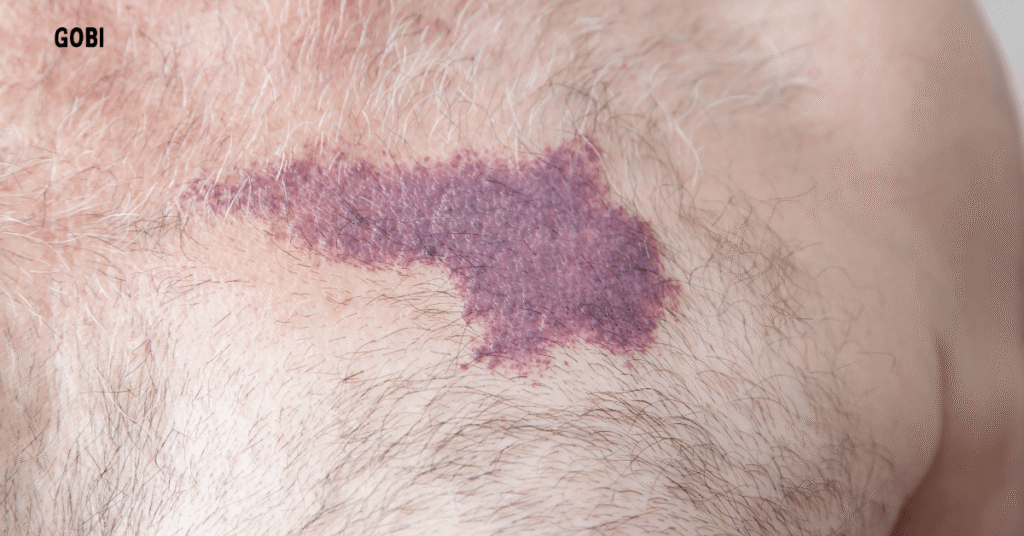
Do Mongolian Spots Go Away?
For most children, Mongolian spots naturally fade by the age of 4 to 6. In rare cases, they may persist into adolescence or adulthood, but this is uncommon.
The fading process happens gradually as the skin matures and the pigment cells become less visible. Parents do not need to apply treatments or ointments, as the spots are self-resolving.
Difference from Other Birthmarks
It’s important to distinguish Mongolian spots from other types of birthmarks:
- Café-au-lait spots: Light brown patches that can be associated with genetic conditions if multiple are present.
- Port-wine stains: Dark red or purple marks caused by abnormal blood vessels.
- Bruises: Change in color over time, often tender to touch.
Unlike these, Mongolian spots remain consistent in appearance and do not indicate any underlying condition.
Cultural and Historical Significance
Mongolian spots are not just a medical phenomenon they hold deep cultural meaning in many parts of the world.
In Mongolian tradition, the spot is sometimes believed to be a spiritual mark. Some stories connect it to Genghis Khan’s lineage, suggesting that the birthmark symbolizes ancestral strength. In other Asian cultures, it has been considered a protective mark given to newborns.
For families with roots in Asia, Africa, or Indigenous communities, the spot often becomes a reminder of cultural identity. Even as the mark fades with age, the story behind it lives on as part of family heritage.
Common Concerns Among Parents
When parents first see a Mongolian spot, they often worry about its meaning or mistake it for an injury. This concern is valid, especially since the bluish color resembles a bruise.
Doctors often document Mongolian spots in medical records shortly after birth. This prevents misunderstandings in the future, particularly in cases where child bruising might be suspected.
Situations Where Parents Feel Uneasy
- The mark appears darker than expected.
- It seems larger than what is commonly described.
- The child has more than one spot on different body parts.
In all of these cases, reassurance from a pediatrician usually clears any doubts.
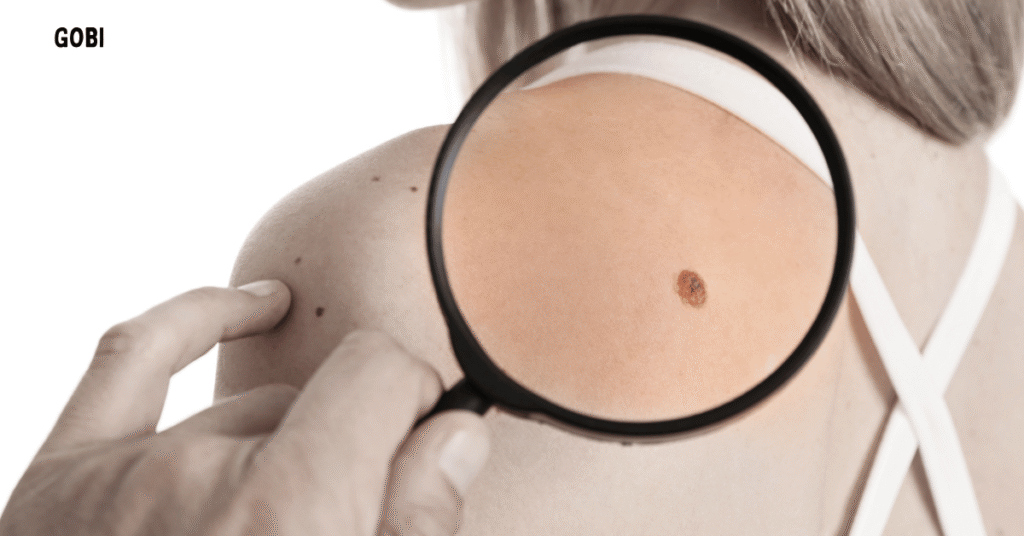
Medical Advice on Mongolian Spots
From a medical perspective, Mongolian spots are completely benign. They are not cancerous, not painful, and do not interfere with the child’s growth or development.
Treatment is not necessary, but awareness is important for proper identification.
When to Consult a Doctor
Although Mongolian spots are harmless, parents should consult a doctor if:
- The spot changes shape, color, or becomes raised.
- It spreads unusually or appears alongside other concerning symptoms.
- They are unsure if it’s a Mongolian spot or another condition.
In most cases, reassurance is all that’s needed.
Mongolian Spots and Identity
While Mongolian spots fade with time, their significance goes beyond the physical mark. For many families, they represent a visible link to heritage and ancestry. Children who grow up hearing the stories behind these marks often carry them as a quiet reminder of where they come from.
In multicultural societies, parents may take the opportunity to teach their children about the cultural background of the Mongolian spot, strengthening identity and pride.
Mongolia Beyond the Spot – Culture and Exploration
The term “Mongolian spot” often sparks curiosity about Mongolia itself. This vast country is known not only for its cultural traditions but also for its breathtaking natural landscapes. From the rolling steppes to the rugged mountains and the vast Gobi Desert, Mongolia offers a glimpse into a lifestyle that has remained closely tied to nature.
Why Visit Mongolia?
- To experience the endless horizons of the steppe.
- To learn about nomadic traditions and hospitality.
- To see wild camels, horses, and eagles in their natural environment.
- To explore the Gobi Desert, one of the most unique desert regions in the world.
Travelers who come across the term “Mongolian spot” often find themselves fascinated by the broader culture and history of the nation. Exploring Mongolia becomes not just a trip, but an immersion into a heritage that connects people across generations.
How to Explore Mongolia Comfortably
Mongolia is beautiful, but it is also vast and remote. Roads outside of Ulaanbaatar are rugged, and many key destinations in the Gobi Desert can only be reached by 4×4 vehicles.
This is where Gobi huren comes in. Based in Ulaanbaatar and Dalanzadgad, Gobi Rent provides well-equipped Toyota Land Cruisers designed specifically for desert terrain. Whether you’re planning a self-drive adventure or a guided tour, reliable vehicles make all the difference when traveling across long stretches of steppe and sand dunes.
Choosing a trusted rental service ensures that travelers can focus on discovering Mongolia’s culture and landscapes with confidence. Just as the Mongolian spot is a reminder of heritage, a journey across Mongolia becomes a chance to connect with the land that gave the birthmark its name.
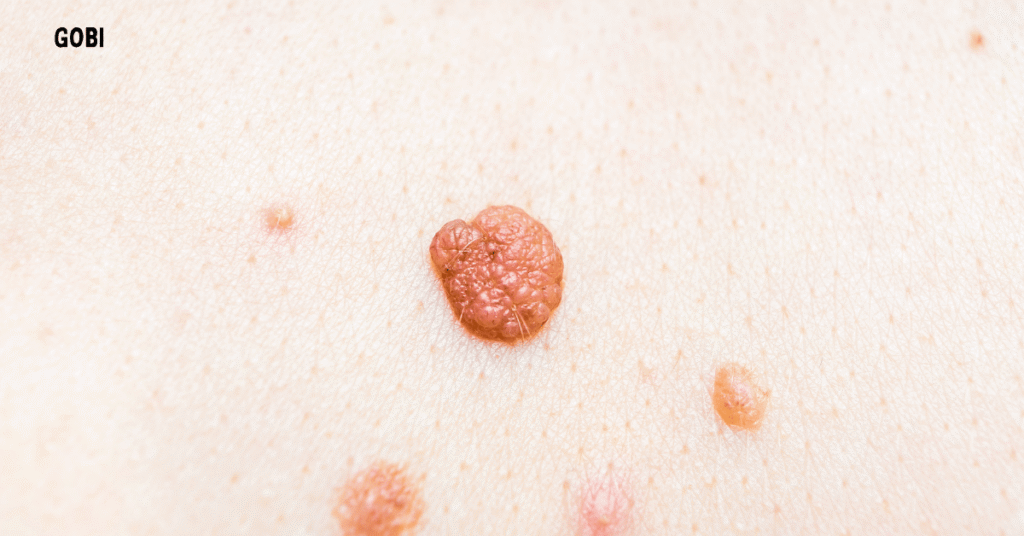
Conclusion
A Mongolian spot is more than just a mark on a child’s skin it is a natural, harmless birthmark with roots in history, culture, and identity. While it may cause concern for parents at first, it quickly becomes a symbol of heritage and a reminder of how human diversity connects us.
For those inspired to learn more about the culture behind the name, Mongolia offers a world waiting to be discovered. With the right preparation and a reliable 4×4 rental from Gobi huren, travelers can explore the Gobi Desert, connect with nomadic traditions, and witness the landscapes that make Mongolia unique.

